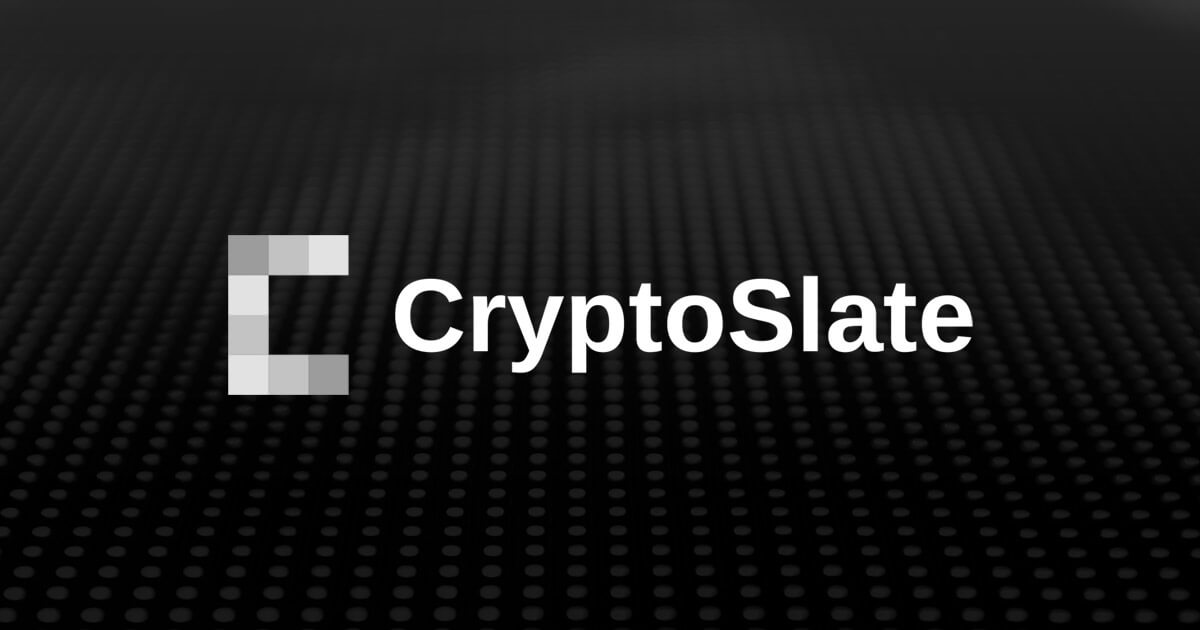Ripple has identified Africa as the next major growth market for its US dollar-backed RLUSD stablecoin.
On Sept. 4, Ripple announced that it has partnered with fintech firms Chipper Cash, VALR, and Yellow Card to make RLUSD more widely accessible across the continent.
This initiative marks Ripple’s latest move to position RLUSD as a practical tool for payments and settlements in regions with limited access to reliable financial infrastructure.
Already, Ripple is using the digital asset for social impact projects across the continent.
In Kenya, one program focuses on climate-related challenges, where Ripple provides drought insurance by holding funds in escrow accounts that are automatically disbursed to farmers when satellite data indicates severe water shortages.
A second pilot applies the same principle to rainfall, offering payouts when flooding or heavy storms disrupt livelihoods. Both projects use smart contracts to guarantee transparency and speed, reflecting how stablecoins can serve purposes beyond trading and speculation.
Jack McDonald, Ripple’s senior vice president for stablecoins, said the token has already carved out a role in institutional use cases. These range from payment solutions and tokenization projects to serving as collateral in both crypto and traditional markets.
He added:


The Crypto Investor Blueprint: A 5-Day Course On Bagholding, Insider Front-Runs, and Missing Alpha
“We’re seeing demand for RLUSD from our customers and other key institutional players globally and are excited to now begin distribution in Africa through our local partners.”
Since launching earlier this year, RLUSD has gained momentum, reaching a market capitalization of more than $700 million.
Africa’s stablecoin market
Ripple’s push comes when stablecoins are becoming more prominent on the African continent.
A recent study from Yellow Card found that stablecoins made up 43% of crypto transaction volume in Sub-Saharan Africa.
Another report from the International Monetary Fund estimated that stablecoin flows reached nearly 7% of the region’s total GDP for last year.
According to these reports, stablecoins have become the backbone of digital asset activity on the continent as businesses and individuals increasingly rely on them to bypass foreign-exchange shortages, reduce settlement delays, and perform international transactions.
The reports showed that Tether’s USDT plays a dominant role on the continent, processing more than half of the total transactions.


